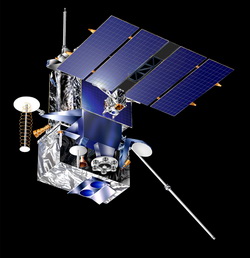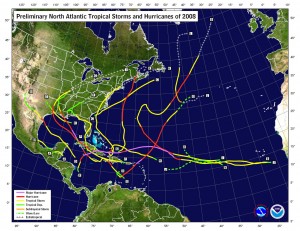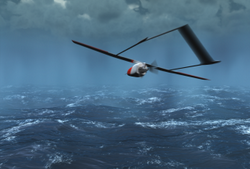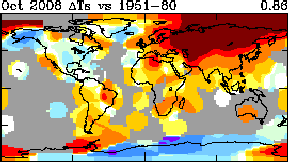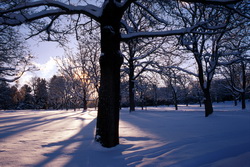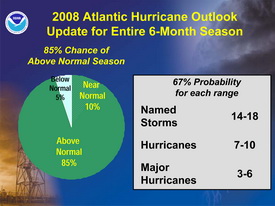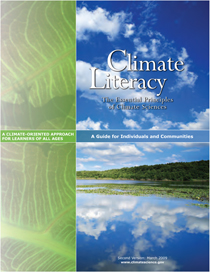
With the constant din of conflicting information on manmade climate change, some coming from within these very pages, it may be difficult for the layman to understand climate change and what it potentially means for the Earth. A collaborative project from a number of United States government agencies seeks to offer some clarity to the subject in a new brochure titled “Climate Literacy: The Essential Principles of Climate Sciences“.
- To download the brochure, see our links at the bottom of this article.
According to the U.S. Climate Change Science Program, the guide “presents important information for individuals and communities to understand Earth’s climate, impacts of climate change, and approaches for adapting and mitigating change.” The document is wonderfully laid out and colorfully illustrated with photos and begins by outlining the basic principles many have come to believe in terms of man’s impact on the climate.
Human activities—burning fossil fuels and deforesting large areas of land, for instance—have had a profound influence on Earth’s climate.
– Climate Literacy: The Essential Principles of Climate Sciences
According to the document, the ‘essential principles of climate science’ are:
- The Sun is the primary source of energy for Earth’s climate system.
- Climate is regulated by complex interactions among components of the Earth system.
- Life on Earth depends on, is shaped by, and affects climate.
- Climate varies over space and time through both natural and man-made processes.
- Our understanding of the climate system is improved through observations, theoretical studies, and modeling.
- Human activities are impacting the climate system.
- Climate change will have consequences for the Earth system and human lives.
Great detail is spent on each of those issues. Tom Karl, director of the National Climatic Data Center said, “There is so much misinformation about climate. We want to provide an easily readable document to help everyone make the most informed decisions. Having one product endorsed by the nation’s top federal science agencies, as well as leading science centers and associations, makes this document an essential resource.”
Scientific observations and climate model results indicate that human activities are now the primary cause of most of the ongoing increase in Earth’s globally averaged surface temperature.
– Climate Literacy: The Essential Principles of Climate Sciences
As one might expect from the above quote, the document doesn’t lend any credence to or even mention any dissenting opinions about manmade climate change like we have documented previously. The agencies represented obviously agree that the ‘science is settled’. However, it is not overly preachy nor does it use over the top language like some climate change advocates are known to do. The brochure can be a handy reference for everyone on all sides of the issue and help to lend a reasonable voice to the debate.
The new guide was spearheaded by the National Oceanic and Atmospheric Administration with contributions from the departments of Agriculture, Commerce, Defense, Energy, Health and Human Services, Interior, State, Transportation and the Environmental Protection Agency, National Aeronautics and Space Administration, National Science Foundation, Smithsonian Institution, U.S. Agency for International Development and the American Association for the Advancement of Science.
For more info:

